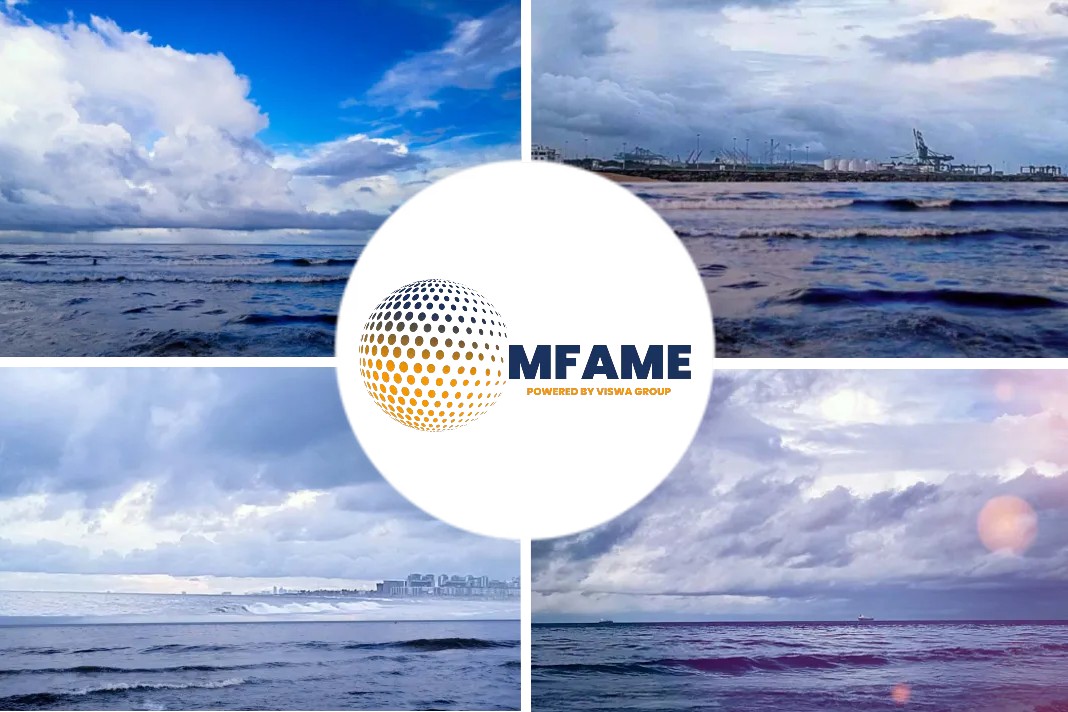ABB is playing a key role in Holland America Line’s goals of embracing new technologies to further minimize the environmental impact of its fleet. ABB shore power connectors retrofitted to three Holland America Line vessels will help these ships achieve low emissions in port anywhere in the world. This is in line with their “Electric. Digital. Connected.” vision for the maritime industry, says media reports.
The premium cruise line will retrofit three of its vessels with ABB’s innovative shore power connectors that allow the ships to draw on land-based electrical grids when docked in port.
Why is it necessary?
Holland America Line proactively encompasses programs that aim to reduce emissions and comply with international regulations and environmental guidelines – and seeks to exceed these requirements wherever possible. Passenger vessels often call at facilities close to residential areas where reducing emissions above standard requirements becomes increasingly important.
How will it help?
ABB shore connection technology allows ships to turn off all engines and switch to electricity generated in a power plant on shore, tackling emissions and noise while also achieving greater energy efficiency. After having executed three new installations, Holland America Line will proceed to feature a total of 11 cruise ships outfitted with ABB’s shore power connectors.
Why is it important for Holland America Line?
“Holland America Line remains firmly committed to including new technical solutions that truly advance its policy for sustainable operations,” said Orlando Ashford, President, Holland America Line. ”Our ships call at the world’s most beautiful destinations, which is one reason we prioritize environmental responsibility. These ships can now achieve very low emissions while in ports where shore power is available.”
The Importance of Shore Connection Technology
An increasing number of ports in North America, Europe, and Asia are investing in shore power infrastructure for visiting ships, yet implementation standards for connectors and cables vary. ISO 80005-1 offers an international standard covering design, installation, and testing of high-voltage shore connections and an update for low-voltage systems is in the pipeline, but the lack of such a standard has hindered the adoption of shore power, despite its agreed benefits.
Primary distribution voltage, for instance, can vary from 440 volts to 11 kilovolts, while load requirements can range from a few hundred kW in the case of car carriers to a dozen or more MW in the case of passenger ships or reefer ships. Today, ABB offers a single interface for complete port electrification and grid integration that is compliant worldwide and can be installed for newbuilding projects or for retrofit.
The Role of ABB
“Over the last 13 years, ABB has developed and installed shore power connections for a wide variety of ship types, including cruise vessels, and has extensive practical know-how across a spectrum of power and switchboard configurations,” says Juha Koskela, Managing Director, ABB Marine & Ports. “We have also reached the point where the full installation can be done during the normal operation of the vessel. For Holland America Line, we completed three turnkey projects simultaneously, covering procurement, engineering, installation, and commissioning.”
Cable connection and preparation for safe power transfer can take around 20 minutes on existing shore power solutions, but the ABB solution for Holland America Line includes a simplified switchover process, enabling a more seamless transition between ship and shore power sources. ABB has also taken steps to streamline and minimize disruption during the installation process, whether for new buildings or for retrofitting.
Did you subscribe for our daily newsletter?
It’s Free! Click here to Subscribe!


















